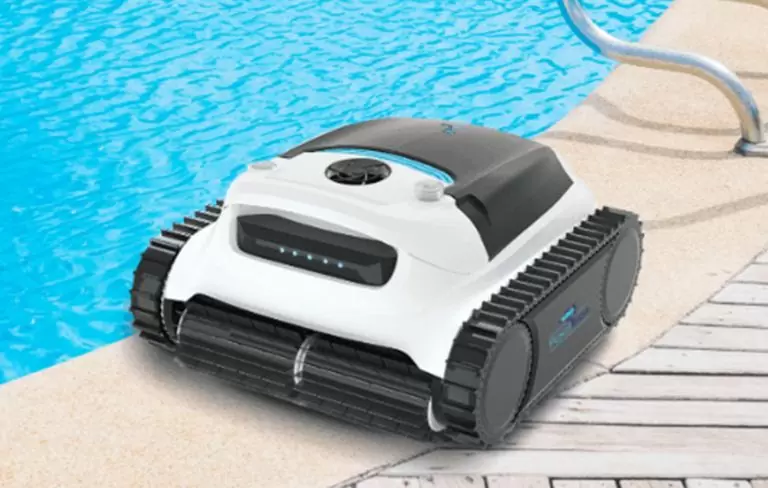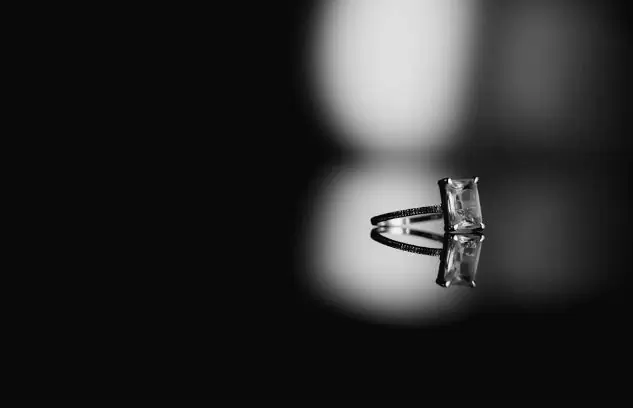How To Bleed Brakes By Yourself
When it comes to your vehicle, the brakes are one of the most important components. Brakes use friction to slow and stop your car’s wheels from turning. It is achieved through a complex system that involves brake pads, rotors, calipers, and brake fluid. When you press the brake pedal, hydraulic pressure is created, which forces the brake pads against the rotors.
While brakes may seem simple theoretically, many things can go wrong over time. One common issue is worn-out brake pads which can lead to poor stopping power or squeaky noises when applying the brakes. Another potential problem is a leak in the brake system which can cause a loss of braking power or even complete failure if not addressed promptly.
If you find yourself experiencing any issues with your brakes or want to perform regular maintenance on them, bleeding your brakes is an essential task you should know how to do. Bleeding your brakes involves removing air bubbles from the brake lines, which can cause a spongy pedal feel and reduced stopping ability. While it may seem intimidating initially, bleeding your brakes is a relatively simple process that can be done at home with just a few tools and some patience.
How to change brake pads
Bleeding your car’s brakes is an important task that ensures proper braking. You will need a few tools to bleed the brakes, such as a wrench, brake fluid, and a clear plastic hose. After ensuring the car is turned off and in the park, locate the brake bleeder screw on each wheel.
Once located, attach the clear plastic hose to it and place the other end into a container filled with brake fluid. Open up the bleeder screw using your wrench and have someone slowly push down on the brake pedal. Watch for air bubbles coming out of the hose as they press down. Once no more bubbles appear in your brake fluid container, tighten up your bleeder screw.
Repeat this process for each wheel until all four wheels have been bled properly, starting from the furthest away from the master cylinder line to the closest one. Lastly, check if any air is left in the system by pressing gently on your brakes while the vehicle engine is running idle or switched off entirely (depending on the car model). If everything checks out fine, you can be confident about safe driving!
How to fix brake calipers
When it comes to fixing brake calipers, knowing how to bleed brakes is an important part of the process. Bleeding the brakes involves removing air bubbles from the brake lines that may have entered during a repair or replacement of parts such as the brake calipers. Locate the bleeder valve on each caliper and attach a clear plastic tube over it.
Next, fill the brake fluid reservoir with fresh fluid before removing any air from your system. You will need someone to assist you with this process by pushing down on the brake pedal while you release any trapped air through each bleeder valve one by one. As they do this, watch for air bubbles in the plastic tube and make sure that all traces of them are removed before moving onto another valve.
Once all four valves have been bled and there is no more trace of air coming out of them, replace all protective covers onto each valve and top off your brake fluid reservoir once again. Doing so will ensure safe stopping distances when driving on roads at high speeds without having any issues with your brakes!
What is the process for bleeding breaks by yourself, and how to do it?
Bleeding brakes by yourself can be a simple task if you follow the correct steps. First, locate the brake bleeder valve on your vehicle’s caliper or wheel cylinder. Next, attach a clear plastic tube to the valve and submerge the other end into a brake fluid container. Then, pump the brake pedal several times until it feels firm.
After that, open the bleeder valve with a wrench and allow fluid to flow through the tube and into the container below. It will push any air bubbles out of your brake system. Continue pumping your brakes until no more air bubbles are in the fluid coming out of the valve.
Once finished bleeding one wheel, move on to another, starting from the farthest wheel away from where you are working (usually furthest back). Regularly check for enough brake fluid in your vehicle’s reservoir and container underneath while undertaking this process.
In conclusion, bleeding brakes by yourself can be straightforward if you know how your car works and follow these simple steps carefully. Doing so ensures you maintain safe braking performance for yourself and others on roadways!
Tips for preventing brake bleeding problems:
Preventing brake bleeding problems is crucial to ensure your safety while driving. One of the essential tips is checking the fluid level before each bleed. Low brake fluid levels can cause air bubbles in the system, leading to a spongy feel in the pedal and decreased braking power. It’s important to top off your brake fluid reservoir with the type of fluid recommended by your vehicle manufacturer.
Using the right type of brake fluid is another vital factor in preventing bleeding problems. Different fluids have varying boiling points, viscosity, and chemical compositions, which can affect how well they work with different braking systems. Check your owner’s manual or consult a professional mechanic for advice on which type of brake fluid suits your vehicle.
Lastly, keeping your braking system clean ensures it functions correctly. Dirt and debris can accumulate over time and contaminate your brake system, causing corrosion and affecting performance. Before bleeding brakes yourself, clean all parts thoroughly using a recommended cleaner for breaks or rubbing alcohol to prevent further complications.
FAQs
How do I know if my brakes need to be bled?
If your brake pedal feels spongy or soft, or if your brakes feel unresponsive, you may need to bleed your brakes. You may also notice that your brake fluid looks dirty or has air bubbles.
Can I bleed my brakes by myself?
Yes, but having the right tools and following the proper steps is important. You will need a brake bleeding kit and a helper. First, locate the bleeder valve on each wheel and attach the tubing from the kit. Have your helper press down on the brake pedal while you open the valve, allowing old fluid and air to escape. Repeat until clean fluid comes out.
How often should I bleed my brakes?
It is recommended to bleed your brakes every 2-3 years or as needed based on driving conditions. It is also important to regularly check your brake fluid levels and replace old or contaminated fluid as necessary.










